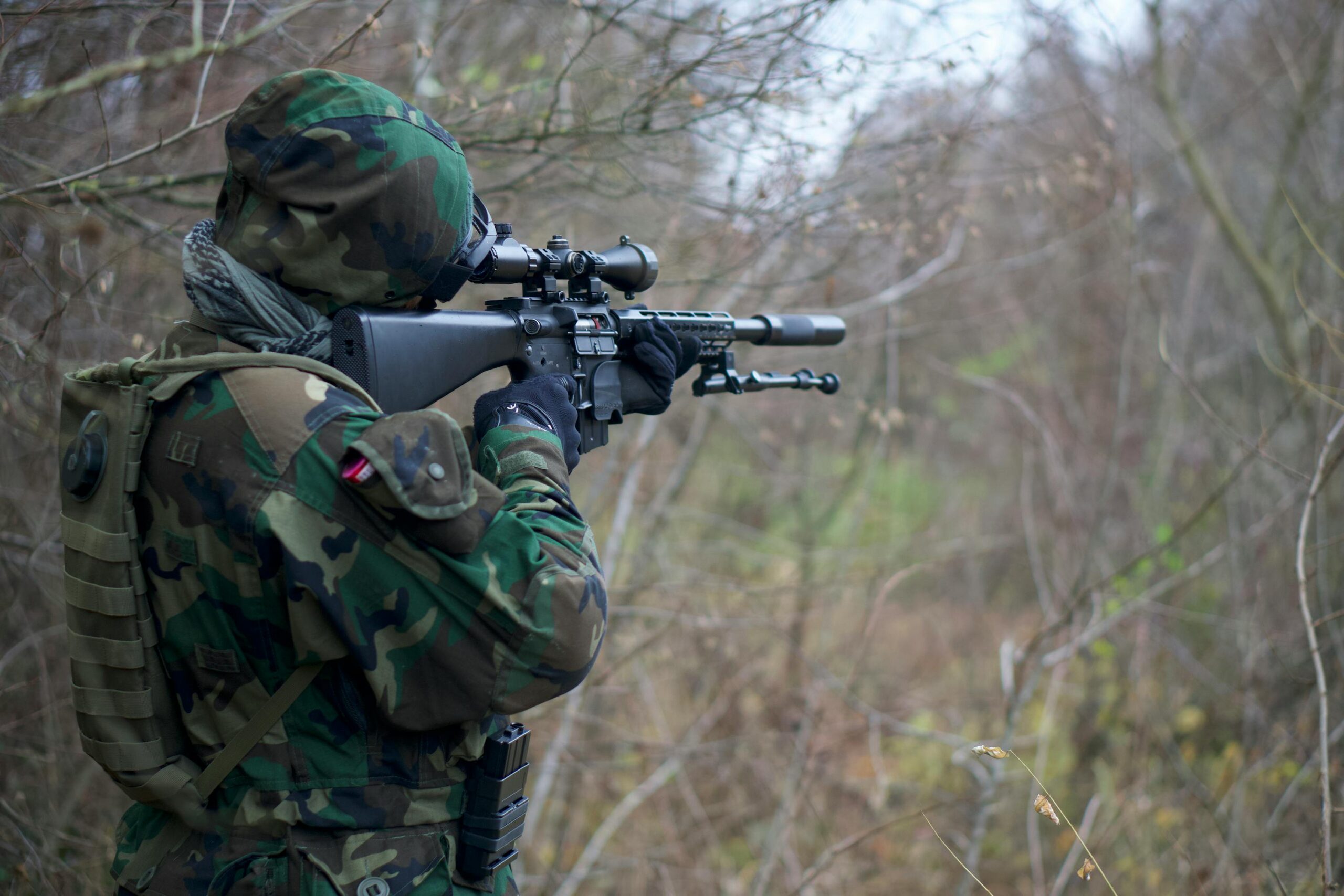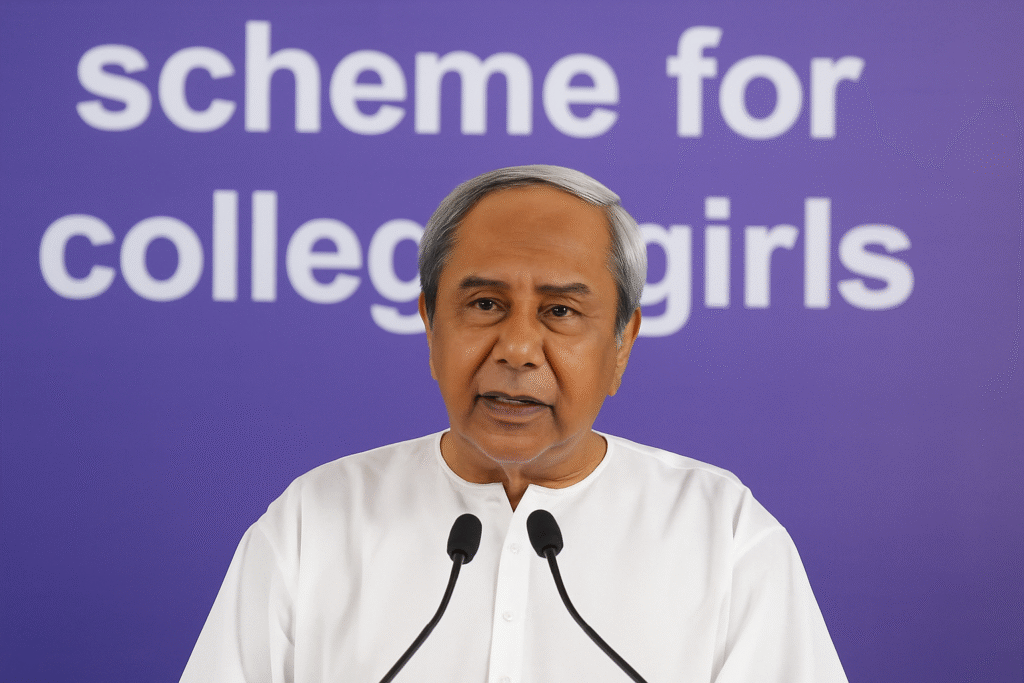Behind Enemy Lines: Operation Sindoor’s Hidden Blows Shake Pakistan’s Core
By Hritik | June 3, 2025
“You only heard about the strike we told you about. The rest… was silence.”
These chilling words — reportedly spoken by a top Indian defense source — have taken on new weight after a leaked Pakistani intelligence dossier exposed stunning new details about Operation Sindoor, India’s recent cross-border retaliation strike.

More Targets, Deeper Strikes — The Truth Surfaces
Until now, official Indian statements painted Operation Sindoor as a limited precision strike in response to recent terrorist activity near the LoC. But documents reportedly prepared for Pakistan’s internal military review reveal a far deeper wound: multiple strike locations, more casualties, and a level of planning that has left Islamabad scrambling for answers.
According to the leaked report, Indian forces didn’t just strike once — they hit six strategic locations, including weapons stockpiles and terror safehouses in PoK and beyond. Not all of them were disclosed publicly.
“They hit us harder than we thought. And they did it without us knowing until it was over,” a senior Pakistani security analyst told local media under condition of anonymity.
Calculated Silence, Strategic Power
While much of the world only heard about one target, India’s silence appears to have been strategic. Analysts believe the Indian government intentionally kept the broader scope classified — a move meant to send a message: “We don’t need to boast. We act.”
“India isn’t just reacting anymore. It’s rewriting the rules of engagement,” says defense analyst Rohit Pandit. “This is not the same India of the past. This is a country that can hurt and hide its hand.”
Families Waited, Answers Didn’t Come
Emotions are running high on both sides of the border. In Pakistan, families of missing men are demanding answers, as whispers grow about bodies being returned silently or operations being denied altogether. In India, the public — still grieving from the terror attack that prompted Sindoor — is expressing quiet pride in the army’s decisiveness.
“My brother died in a terror blast. At least now I know our forces didn’t let it go unanswered,” says Kavita Sharma, whose family lost a loved one in the Poonch bus bombing.
Psychological Warfare: The Invisible Strike
Beyond the missiles and drones, Operation Sindoor struck the enemy’s morale. Pakistan’s intelligence officials admit that the unpredictability and secrecy of India’s approach caused confusion and fear across command chains.
“Not knowing when or where the next strike could land… that’s a powerful kind of war,” a former ISI operative wrote on social media before deleting the post.
Why This Matters Now
In a region long caught in a dangerous cycle of provocation and restraint, Sindoor has changed the script. It shows that modern India is not just capable of swift military action — but also of controlling the story, the narrative, and the tempo.
With elections approaching and global eyes on South Asia, India’s message is now clear:
“We may not say everything we do. But we do everything we say.”
Your Turn: What Do You Think?
Is this a new era in India’s military doctrine — or just another shadow in the long war of perception?
Share your opinion in the comments below. Let your voice be part of the national conversation.
Read More
5 Lessons India Can Learn from Ukraine’s Drone Warfare
Zelensky’s Spider Web Op Sends Clear Message
CDS Chauhan Confirms Air Losses in Operation Sindoor







